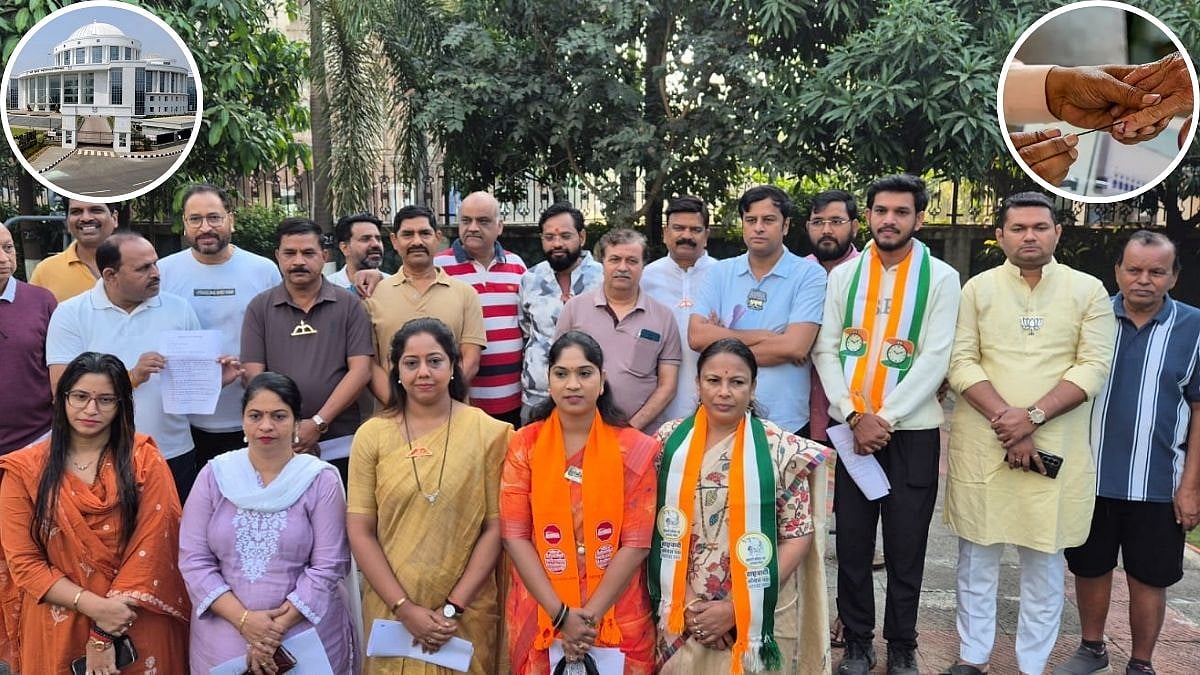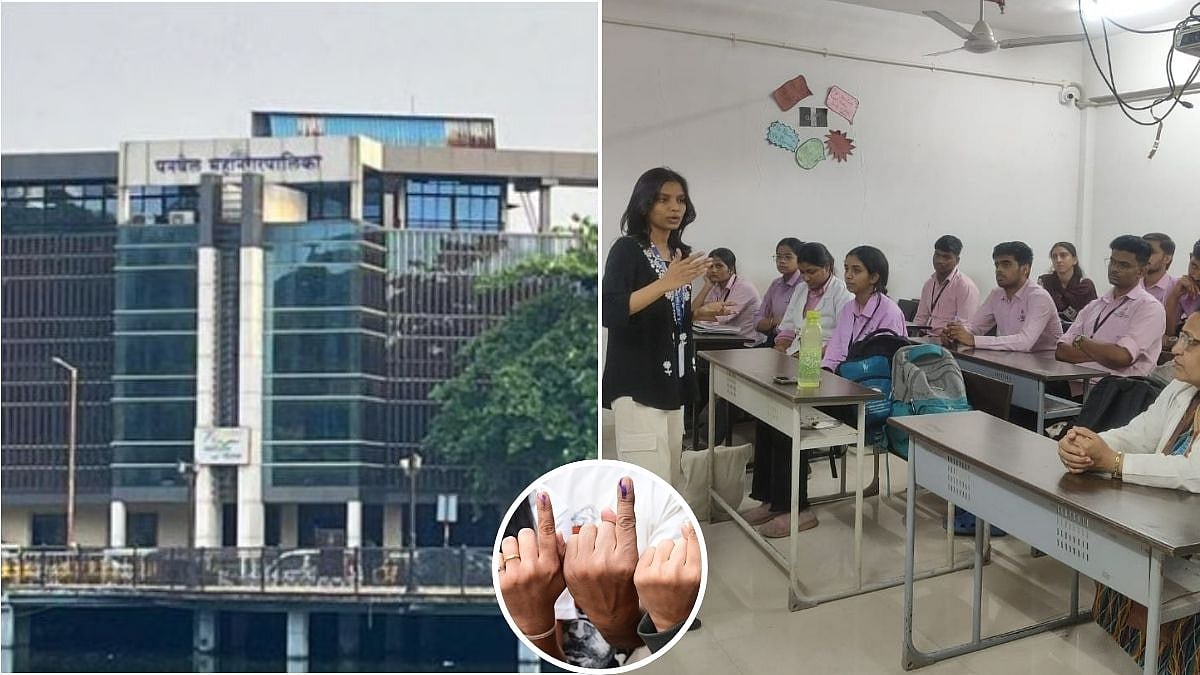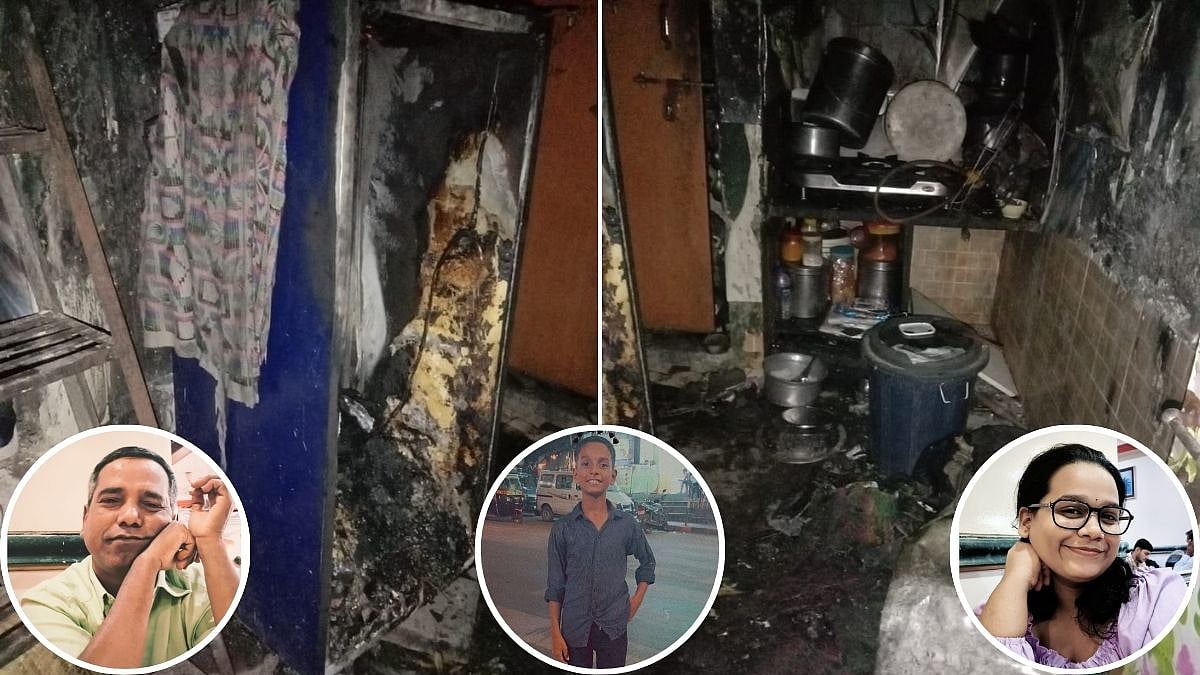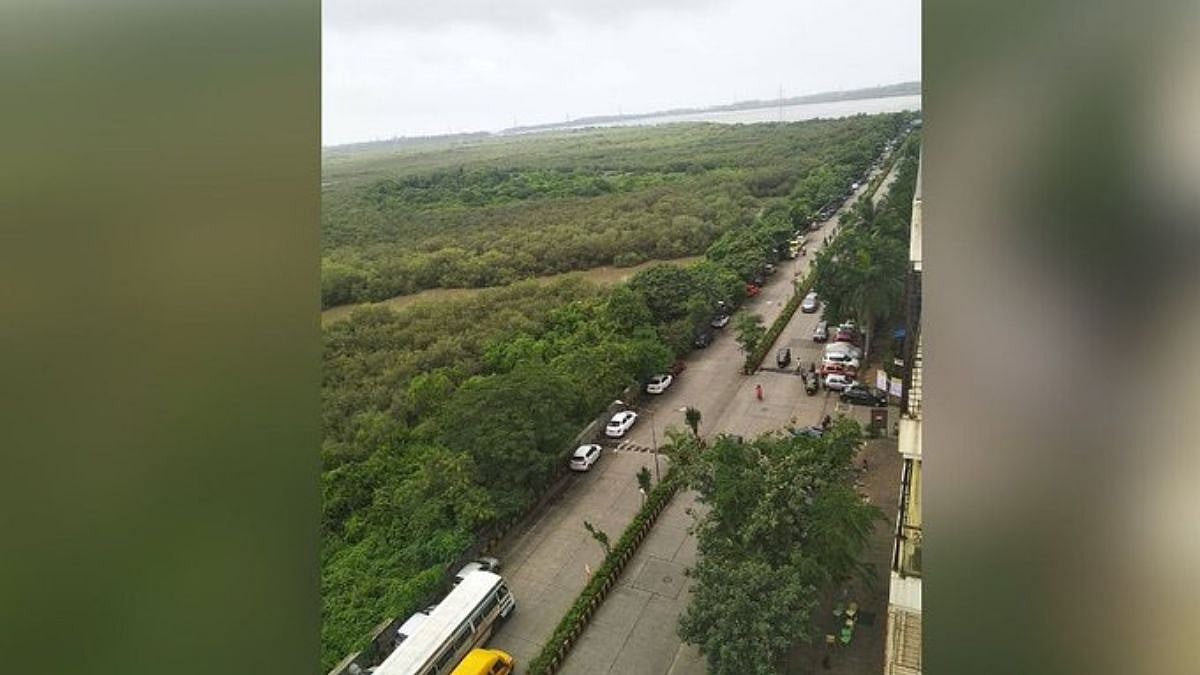Established on August 14, 1862, the Bombay High Court celebrated its 159th anniversary on Saturday.
The court when established functioned with only six judges which has now increased to 63 judges. Although the total sanctioned strength of judges for principal bench at Mumbai and benches at Nagpur, Aurangabad and Goa is 94.
When the high court was established, it functioned from the Old Customs House at Apollo Bunder. The present English-Gothic building, designed by British engineer James A. Fuller, was constructed later in 1878 at a cost lesser than the estimate of Rs 16,44,528.
The Central Court Room of the High Court is the same court where freedom fighter Lokmanya Bal Gangadhar Tilak was tried for sedition charges and where naval commander KM Nanavati was tried by a jury for killing his wife’s paramour. Nanavati’s was the last trial to be conducted by a jury in the Indian system.
Tilak was tried on three occasions by the Bombay High Court, for inflammatory speeches and sedition. Even today, the lines spoken by Tilak in the Central Court are etched in a plaque outside the court room – “In spite of the verdict of the Jury, I maintain that I am innocent. There are higher powers that rule the destiny of men and nations and it may be the will of providence that the cause which I represent may prosper more by my suffering than my remaining free.”
The present building was given a facelift on its 150th anniversary. The intricate structures on the pillars and the portrait size paintings of former judges were polished. Since the building is a heritage structure, no external or internal changes were made without permission of the heritage committee.
Although the name of the city was changed from Bombay to Mumbai in 1995, the name of the Court as an institution hasn’t been changed as it requires sanction by the Parliament of India. Its for the same reason, that the names of the Calcutta High Court and Madras High Court haven’t been changed to Kolkata High Court and Chennai High Court respectively.







